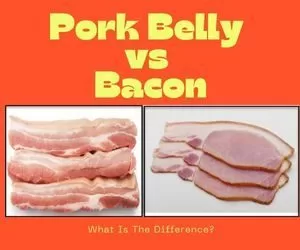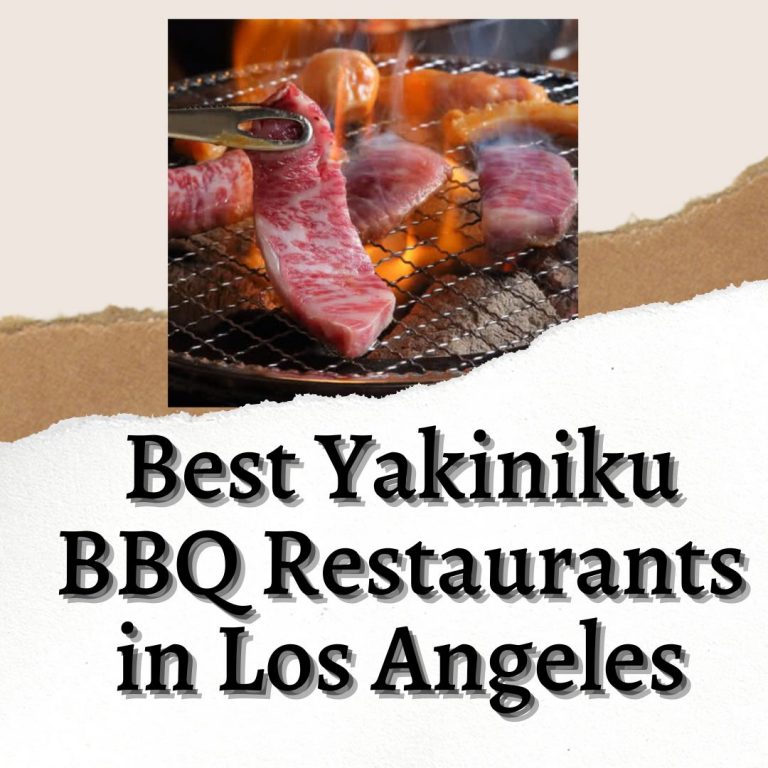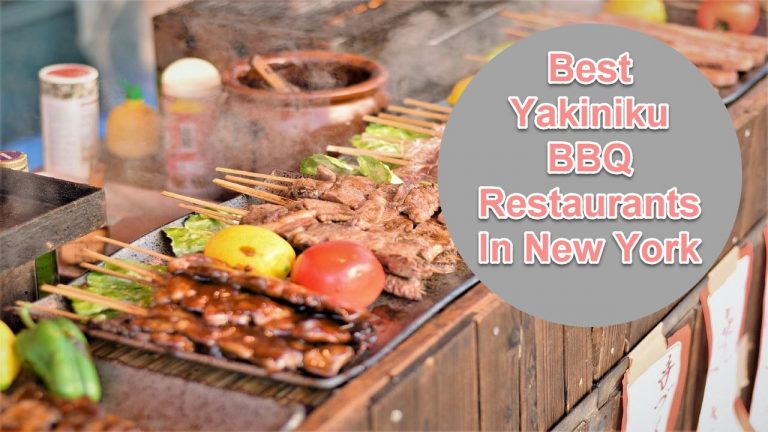Korean BBQ vs Japanese BBQ: What Is The Difference?
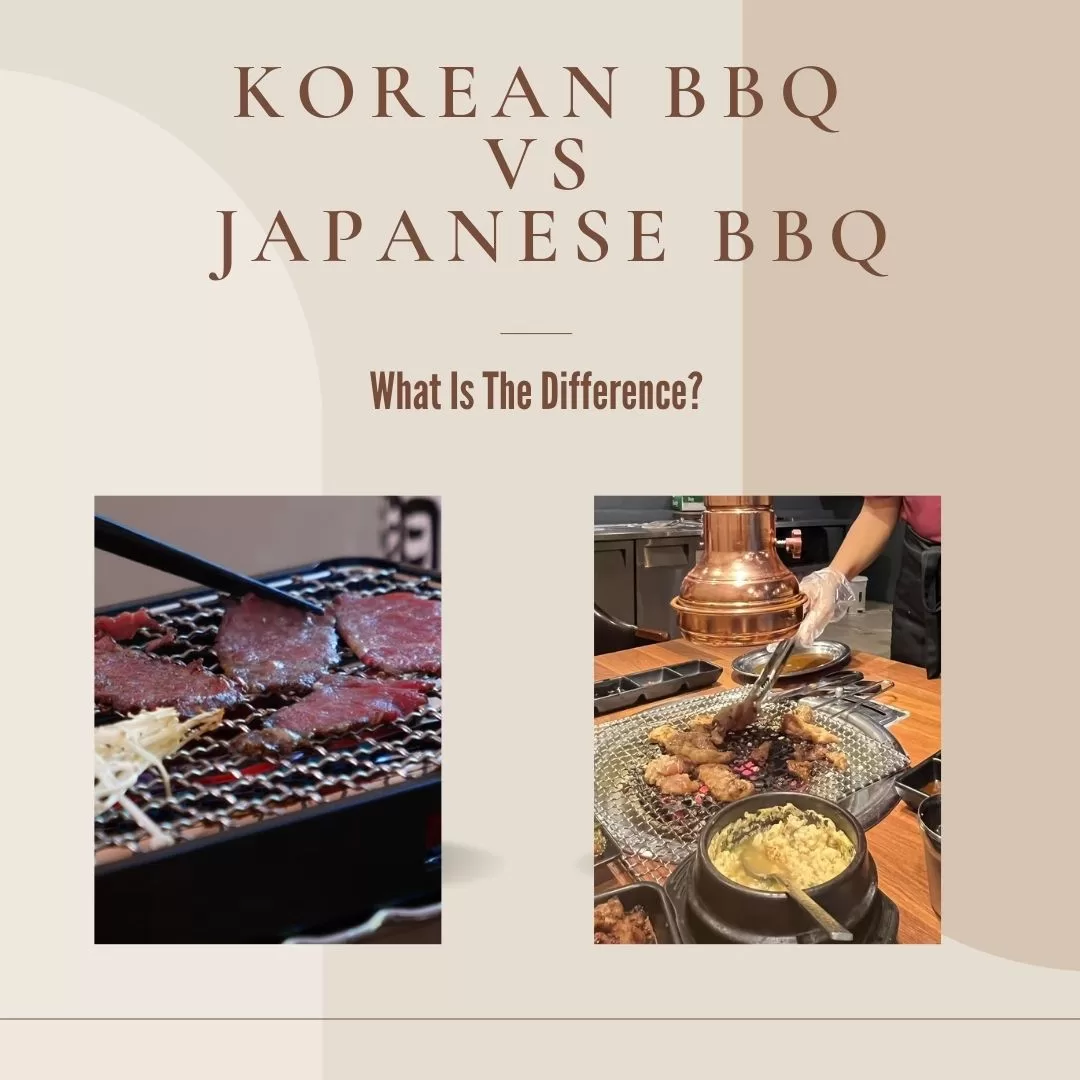
Barbecue refers to a meal at which fish, meat, chicken, raw vegetables, and other food is cooked outdoors on a rack over a gas or charcoal grill. In this post, we will talk about two of the famous BBQs, and their individual differences; the Japanese and Korean BBQ.
Unlike the traditional barbecue that is usually cooked out of doors, Korean barbecue and Japanese barbecue are distinctively cooked indoors using specialty grills.
Japanese and Korean BBQ are definitely the same in almost every way, and only few of us know about the differences between the two. For those who don’t know the difference between Korean and Japanese, we will tackle this topic below.
Korean BBQ vs Japanese BBQ
How Do Korean and Japanese Barbecue Differ?
The major difference between Japanese and Korean barbecue is their flavor. In addition, the two also differ when it comes to cooking method.
The Korean barbecue is made of slightly thin strips of beef and other meat, soaked and cooked on a permanent table grill. On the other hand, Japanese BBQ often uses non-marinated bite-sized meat with a dipping sauce.
Just like Korean BBQ, Japanese BBQ is cooked on a built-in table grill and is called Japanese Yakiniku. Aside from Yakiniku, Japan also cooked the meat cuts on a portable teppanyaki cast iron grill or hibachi grill. While Korean BBQ is often grilled on charcoal or gas grill, Japanese teppanyaki is grilled on a flat surface. It is similar to what you can see at the center of the grilling table in most Yakiniku restaurants, with numerous side dishes
When you talk about Japanese Teppanyaki, it literally means food cooked in an iron plate on an iron griddle.
As mentioned, the two main differences between Korean barbecue and Japanese barbecue are the flavor and the cooking method. Let us talk about each difference to further understand their distinction.
Korean Barbecue
Korean barbecue usually uses pork or beef meat. The high quality meat is marinated in a tangy and sweet sauce. The sweet marinade makes the meat more flavorful and well-seasoned meat. Korean Barbecue also comes with different side dishes such as kimchi, dried, squid, potato salad, pickled radishes, fishcakes, and other dishes. These mentioned side dishes are also called banchan dishes.
Korean Barbecue Styles

Bulgogi
One of the most known varieties of a Korean barbecue is bulgogi. The meat is soaked with a mixture of sugar, soy sauce, ginger, sesame oil, scallions, pepper, and garlic. To help tenderize the meat, pears, kiwi, or pineapple are added in the marinade. Bulgogi is traditionally cooked on gridirons or a cooking pan in some Korean restaurant.
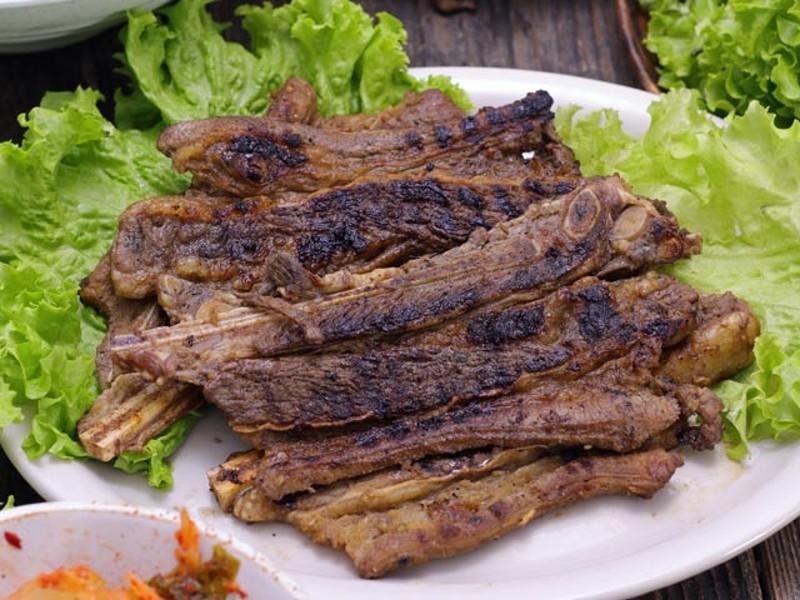
Galbi
Galbi is also another variety of Korean barbecue. It is typically made with beef short ribs. The ribs are marinated with a mixture that contains mirin, water, soy sauce, sugar or brown sugar, and cutted onions. Galbi tastes best when grilled with burned wood chips or charcoal. Best served with lettuce leaves.

Daeji Bulgogi
Daeji Bulgogi, also known as spicy pork, is a popular gogigui dish. What makes it different from a traditional beef bulgogi, is that the meat is immersed in a sauce based on gochujand or gochu garu, a Korean type of chili powder. The marinade is best used with fattier cuts like pork belly and shoulder.

Jumulleok
Jumulleok is a type of Korean barbecue which uses short steak, marinated with salt, pepper, and sesame oil. It is somehow similar to an unmarinated Korean beef or gogigui, but differs on its meat texture which is juicier. The Jumulleok barbecue often uses sliced duck rather than beef.
There are also un-marinated Korean barbecue meats. These are the chardolbegi, a thinly sliced beef brisket, samgyeopsal, made with thicker strips of unsalted pork belly, loins known as deungshim, and boneless ribs, also called as galbisar.
Korean Barbecue Cooking Method
Grilling cooking method involved in preparing Korean style barbecue. It is often prepared on gas grills or charcoal grills. In some Korean restaurants, portable stoves are provided to the diners at their tables to prepare dishes.
Built-in table grills come with a built-in heat source while portable stoves use gas or electricity as heat sources.
The grills also come in different sizes, from tabletops, portable to non-portable grills.
The variety of grills are made from different materials. These include marble top, steel, cast aluminum, and Teflon.
When it comes to grease management system, it is recommended to select a type of grill that has grease collection trays to help reduce table mess.
Japanese Barbecue
Unlike Korean Barbecue that comes in various side dishes, Japanese barbecue comes with a collection of raw vegetables with dipping sauces. While Korean barbecue depends on marinade flavor, Japanese barbecue is more on dipping sauces which may contain mirin, soysauce, and garlic.
Japanese Barbecue Styles

Yakiniku
Yakiniku is a Japanese style barbecue made of bite-sized slices of pork and beef baked into charcoal. This type of Japanese barbecue comes with a variety of dipping sauces and marinades. The Yakiniku sauce called tare, is a mixture of soy sauce, mirin, fruit juices, sesame seeds, and sugar.

Yakitori
Yakitori is a common type of Japanese barbecue, particularly a grilled chicken served on skewers. All parts of the chicken are charcoal roasted until the inside becomes tender and the outside is crispy. The preparation of this kind of Japanese barbecue involves skewering.

Yakiton
Yakiton is another common type of Japanese barbecue. This Japanese cuisine uses different cuts of pork meat, grilled over charcoal. The bite-sized slices of pork are grilled or skewered. Yakiton tastes best when seasoned with a pinch of salt.
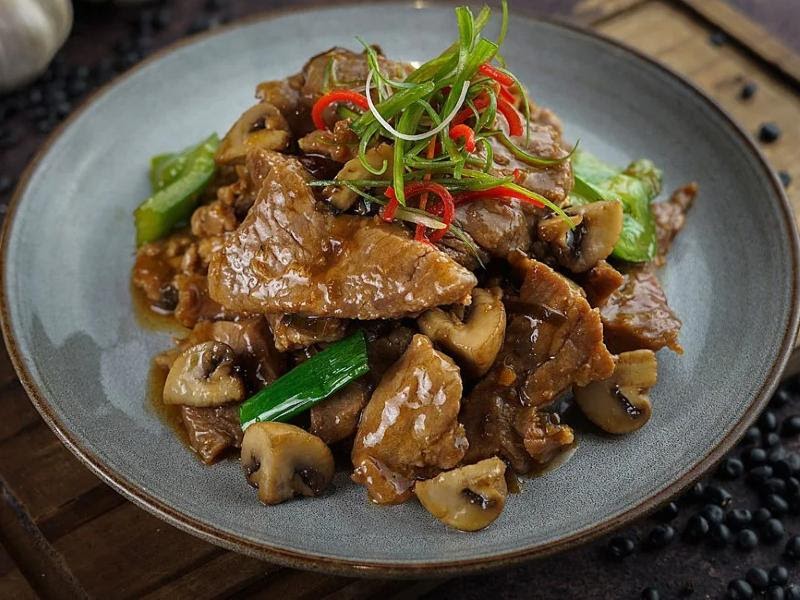
Japanese Teppanyaki
Teppanyaki is distinguished by roasting the meat and vegetables on a Teppanyaki. It is a tender thinly sliced beef mixed with soy sauce and sugar.
This type of Japanese barbecue literally means teppan-style of cooking, in which teppan means iron hot plate and yaki means grilled or griddled.
It uses a flat iron grill. Known to be among the famous Japanese style barbecue, Teppanyaki mesmerized many Japanese by manipulating the ingredients on the grill. In other parts of the globe, Teppanyaki is also called Hibachi.
Japanese Barbecue Cooking Method
The cooking method used in Japanese barbecue is grilling. But there are different types of Japanese grilling methods. Here are the following:
Hibachi
Originally, hibachi were not used for cooking. These were small pots jammed with charcoal and ash, mainly used to heat rooms. As to date, hibachi is already used for culinary purposes, especially in Japanese grilling.
Shichirin
Shichirin are ceramic bowls made for cooking. They are usually lightweight and portable, and use charcoal as a heat source. When used outdoors, black charcoal is ideal to use while charcoal known as binchotan, is preferable for indoor use. Most guests preferred the latter as it gives more flavor to the meat.
Teppanyaki
Teppanyaki is a teppan cooking style, grilling vegetables and meat on hot plates. And the most popular type of grill used in Japan is hibachi.
Wrap Up
Basically, there is not much difference between Korean barbecue and Japanese barbecue.
To summarize, I have listed the main differences between Korean BBQ and Japanese BBQ.
- Korean BBQ are grilled meat, usually not high quality beef or boneless chicken, marinaded in various sauces before cooking. While Japanese BBQ uses fattier beef and beef tongue, un-marinated.
- Korean BBQ uses less to no dipping sauce as the meat is already soaked with sauce to add flavor before cooking. Meanwhile, Japanese BBQ has less to no additional spices, has clean flavors, has few toppings, but with various dressings.
- Korean BBQ has side dishes or banchan dishes while Japanese BBQ has no exciting side dishes. The latter mainly focuses on beefy intensity and clean flavors. Thus, it rarely uses marinades.
- Both Korean BBQ and Japanese BBQ meat are mostly grilled in a built-in grill or a charcoal grill but can also cook meat in a portable stove.
- Both Korean cuisine and Japanese food come in a variety of asian flavors that will definitely please your taste buds.
- Korean BBQ and Japanese BBQ used different grilling method, but some of these methods can be used on both.
- To sum it up, Korean BBQ and Japanese BBQ is about grilling meat.
So that is everything about the difference between Japanese BBQ and Korean BBQ. I hope that this post has helped you one way or another. Please show us your support by sharing this post. Thank you for reading!=

